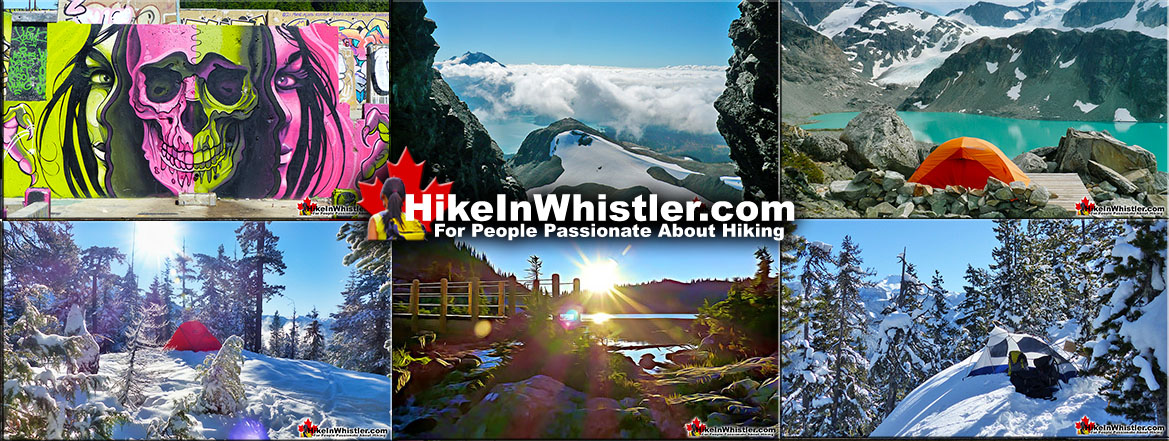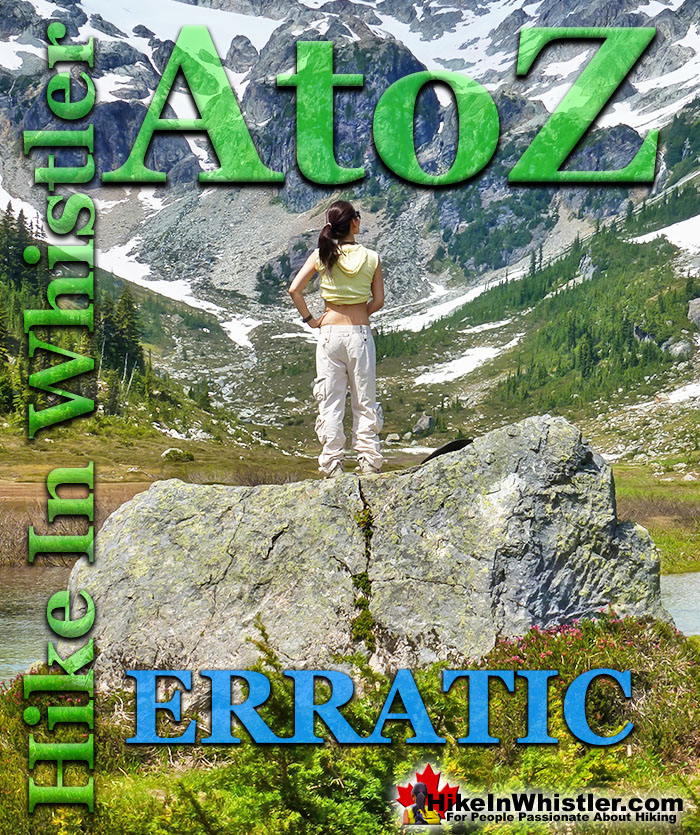
![]() Erratic or glacier erratic is a piece of rock that has been carried by glacial ice, often hundreds of kilometres. Characteristic of their massive size and improbable looking placement. Erratics are frequently seen around Whistler and Garibaldi Provincial Park. Either as bizarre curiosities or a place to relax in the sun. On a sunny day, a large sun-facing erratic will often be warm and sometimes even hot, providing a comfortable and surreal place to rest.
Erratic or glacier erratic is a piece of rock that has been carried by glacial ice, often hundreds of kilometres. Characteristic of their massive size and improbable looking placement. Erratics are frequently seen around Whistler and Garibaldi Provincial Park. Either as bizarre curiosities or a place to relax in the sun. On a sunny day, a large sun-facing erratic will often be warm and sometimes even hot, providing a comfortable and surreal place to rest.
Whistler & Garibaldi Hiking
![]() Alexander Falls
Alexander Falls ![]() Ancient Cedars
Ancient Cedars ![]() Black Tusk
Black Tusk ![]() Blackcomb Mountain
Blackcomb Mountain ![]() Brandywine Falls
Brandywine Falls ![]() Brandywine Meadows
Brandywine Meadows ![]() Brew Lake
Brew Lake ![]() Callaghan Lake
Callaghan Lake ![]() Cheakamus Lake
Cheakamus Lake ![]() Cheakamus River
Cheakamus River ![]() Cirque Lake
Cirque Lake ![]() Flank Trail
Flank Trail ![]() Garibaldi Lake
Garibaldi Lake ![]() Garibaldi Park
Garibaldi Park ![]() Helm Creek
Helm Creek ![]() Jane Lakes
Jane Lakes ![]() Joffre Lakes
Joffre Lakes ![]() Keyhole Hot Springs
Keyhole Hot Springs ![]() Logger’s Lake
Logger’s Lake ![]() Madeley Lake
Madeley Lake ![]() Meager Hot Springs
Meager Hot Springs ![]() Nairn Falls
Nairn Falls ![]() Newt Lake
Newt Lake ![]() Panorama Ridge
Panorama Ridge ![]() Parkhurst Ghost Town
Parkhurst Ghost Town ![]() Rainbow Falls
Rainbow Falls ![]() Rainbow Lake
Rainbow Lake ![]() Ring Lake
Ring Lake ![]() Russet Lake
Russet Lake ![]() Sea to Sky Trail
Sea to Sky Trail ![]() Skookumchuck Hot Springs
Skookumchuck Hot Springs ![]() Sloquet Hot Springs
Sloquet Hot Springs ![]() Sproatt East
Sproatt East ![]() Sproatt West
Sproatt West ![]() Taylor Meadows
Taylor Meadows ![]() Train Wreck
Train Wreck ![]() Wedgemount Lake
Wedgemount Lake ![]() Whistler Mountain
Whistler Mountain
![]() January
January ![]() February
February ![]() March
March ![]() April
April ![]() May
May ![]() June
June ![]() July
July ![]() August
August ![]() September
September ![]() October
October ![]() November
November ![]() December
December
During the last ice age, glaciers covered British Columbia, and where Whistler is today, the glaciers were two kilometres thick. Glaciers from the last ice age can often be measured by the grinding marks made on the mountains they covered. In the mountains around Whistler you can see just a few that poked through the glaciers, leaving their peaks jagged. Other, shorter mountains around Whistler can be easily recognized as completely covered in ice. Shown by their rounded, glacier ground peaks. The most impressive erratics lay in an area with dissimilar rock types in the surrounding mountains. For example, rock and mountains around the erratic should be of different colour, texture and composition. An erratic should look very out of place and distinct from its surroundings. Erratics are frequently the result of glaciers carrying or grinding the erratic as it slowly moves down a glacier valley. Rock slides from mountains can deposit house sized boulders onto a glacier which then slides down a valley for centuries, eventually releasing it. These erratics are easy to trace back to their parent rock by matching them to identical rocks up the likely ice flow route. Ice rafting is another way erratics have been moved great distances. Ice rafting results from an ice dam breaking apart and tremendous volumes of water and ice flooding through. These erratics are often detected by the high water marks left by the floods that moved them. Another cause of erratics is via icebergs floating in the ocean and eventually releasing the rock encased in the melting ice.
Brandywine Meadows Lounge Chair Erratic
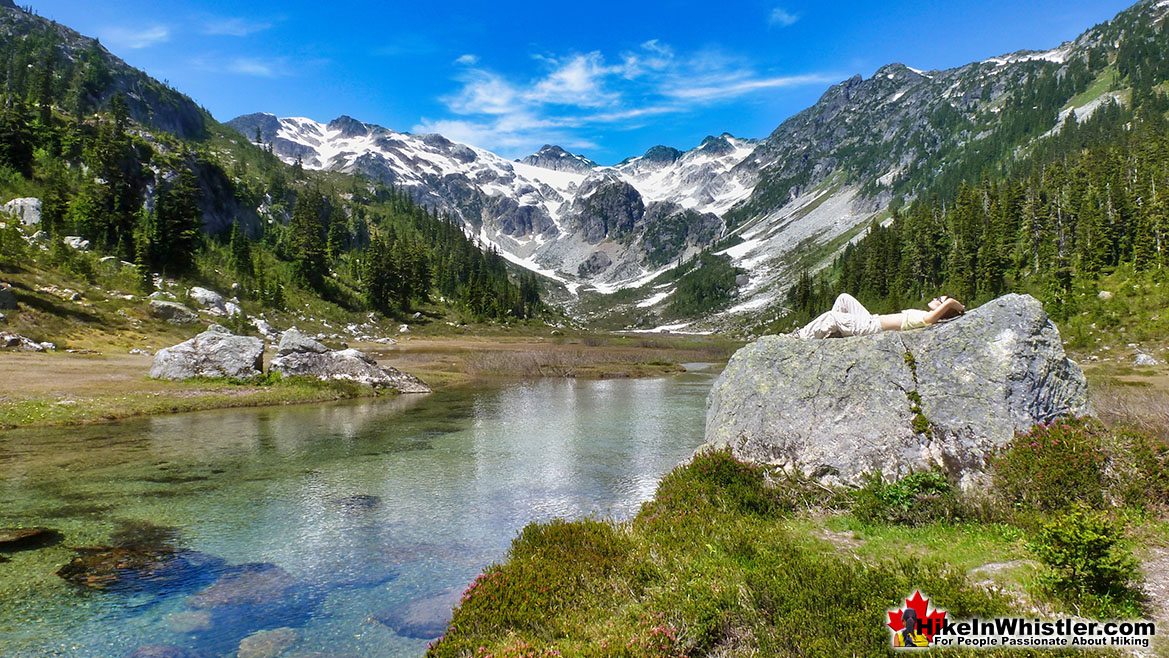
Monstrous Erratic Along the Brandywine Meadows Trail
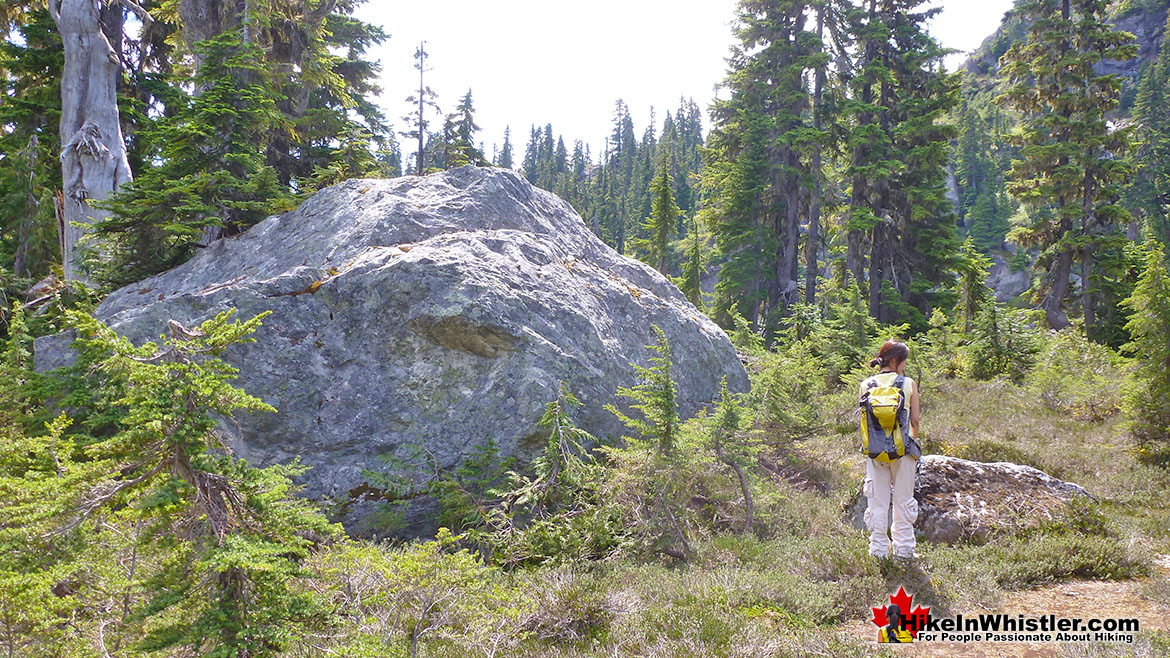
Enormous Broken Erratic Along the Flank Trail
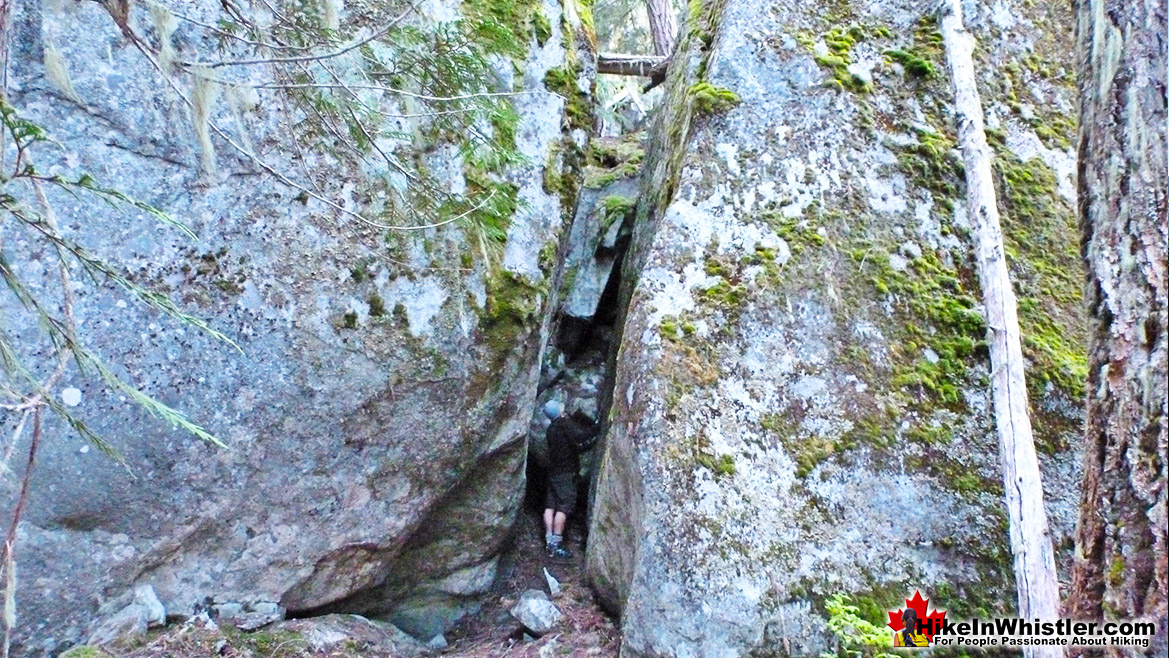
Erratic at Beautiful Wedgemount Lake
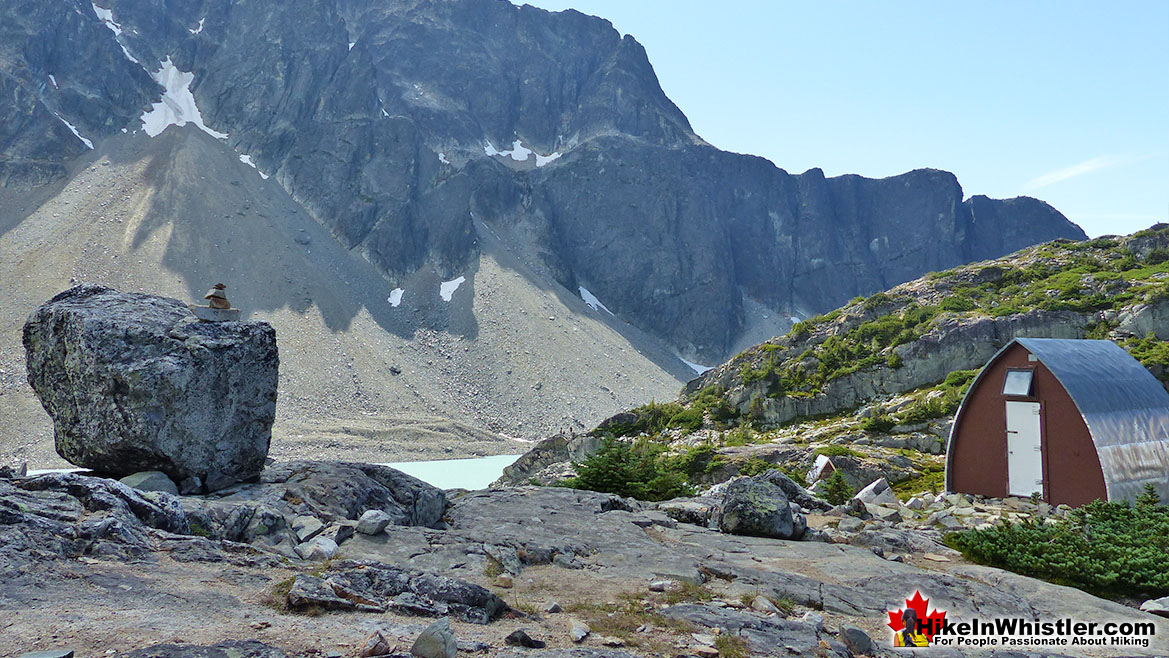
Erratic at Russet Lake
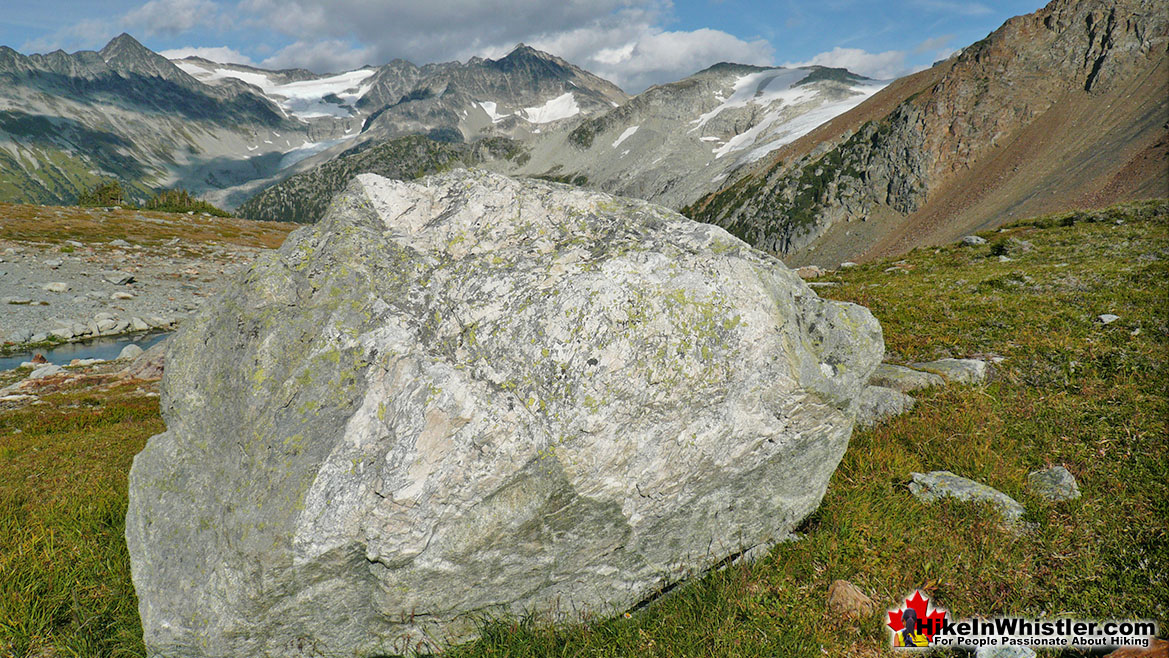
Erratic Split by a Tree on the Helm Creek Trail
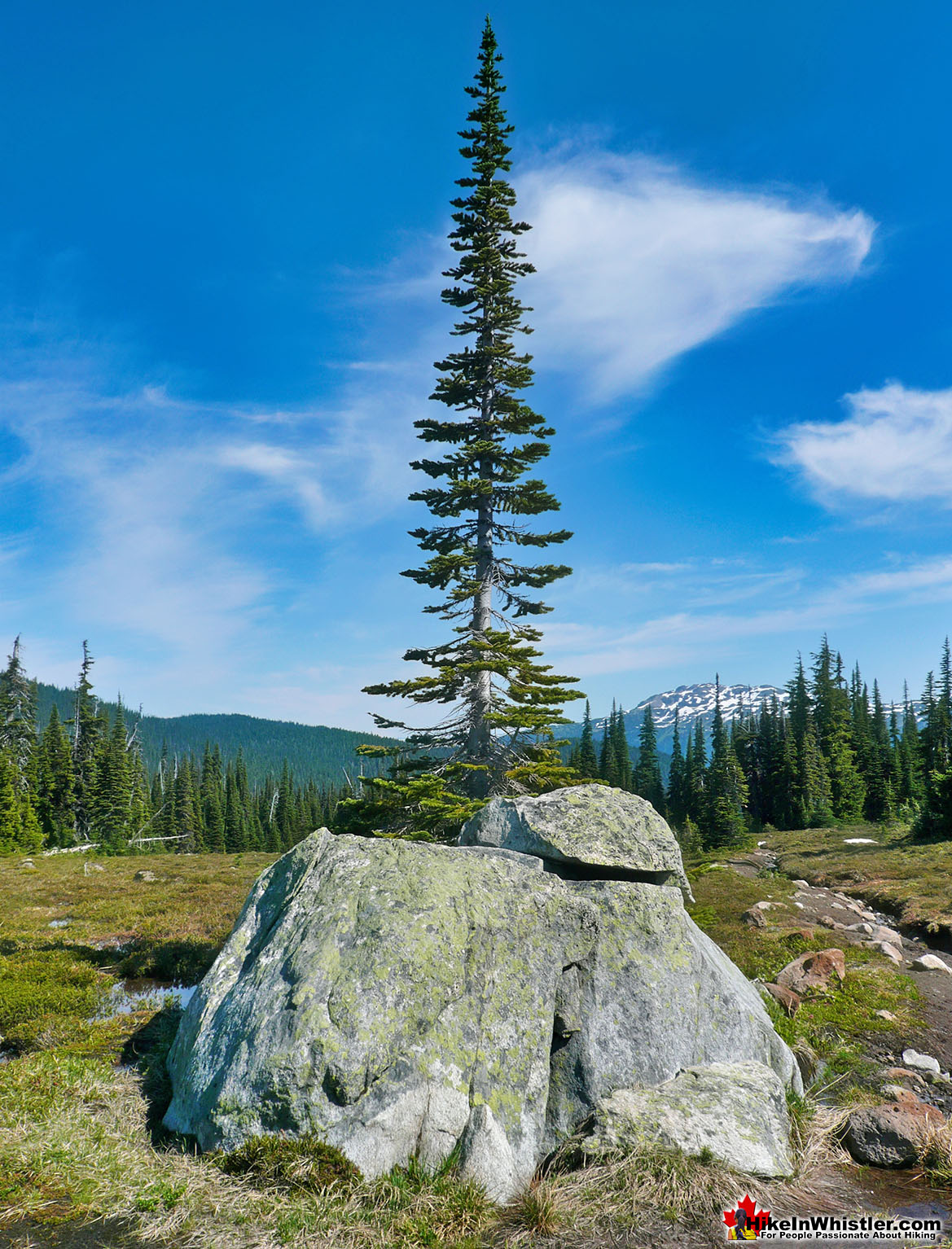
More Whistler & Garibaldi Park Hiking A to Z!
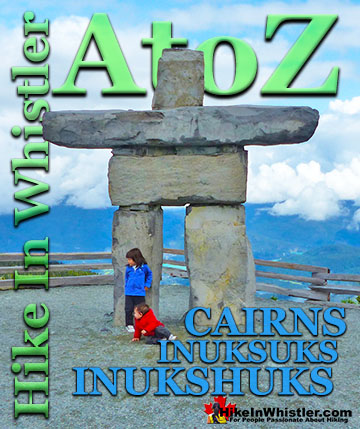
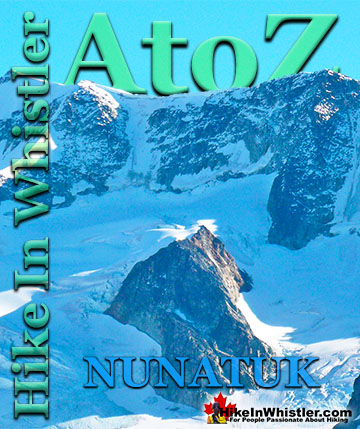
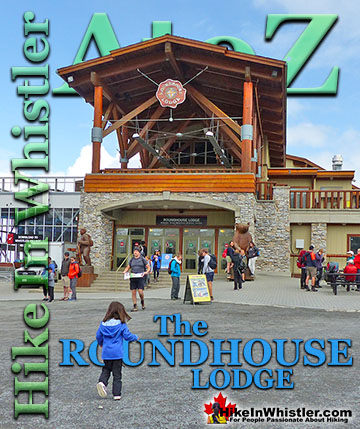
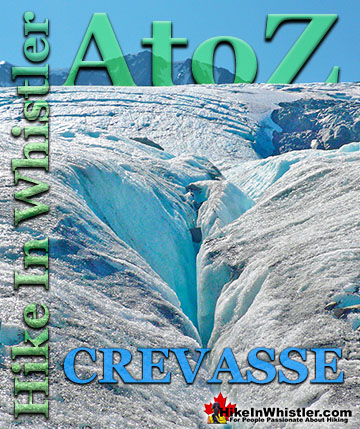


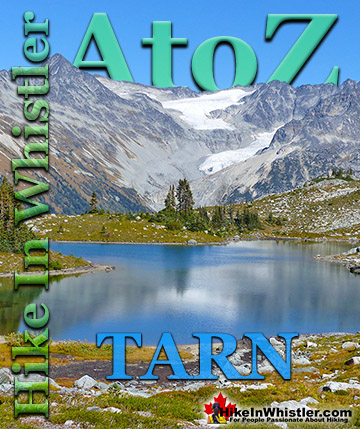
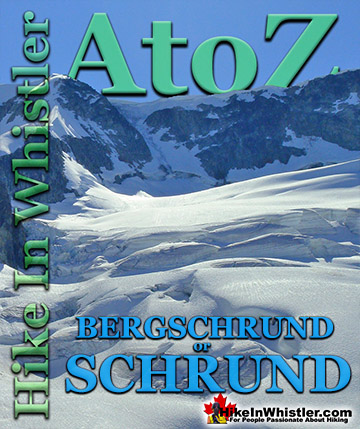
The Best Whistler & Garibaldi Park Hiking Trails!
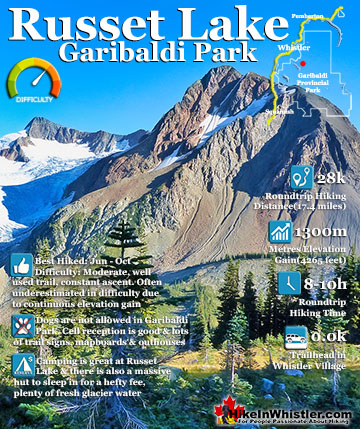
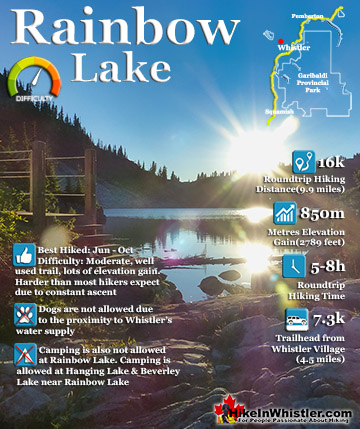
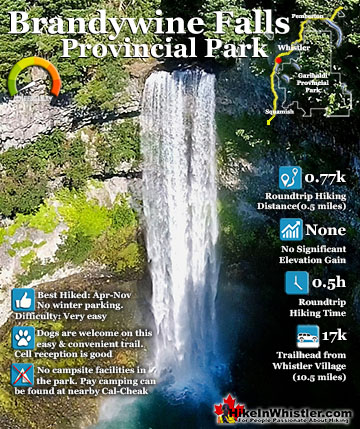
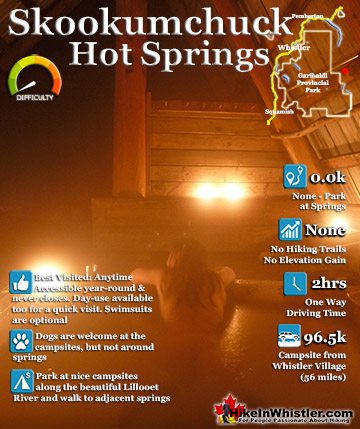
Whistler & Garibaldi Park Best Hiking by Month!
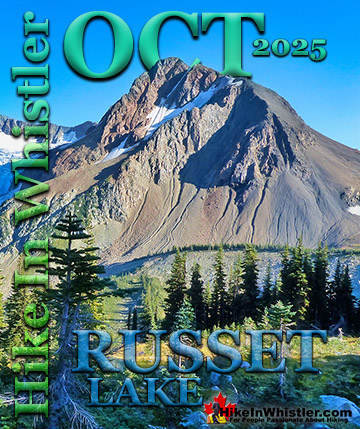

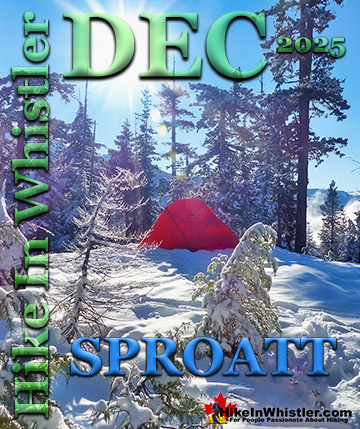
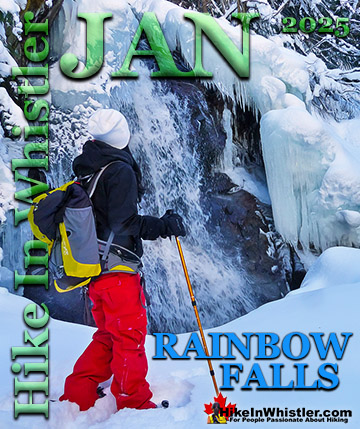
Explore BC Hiking Destinations!

Whistler Hiking Trails

Squamish Hiking Trails

Vancouver Hiking Trails

Clayoquot Hiking Trails

Victoria Hiking Trails


